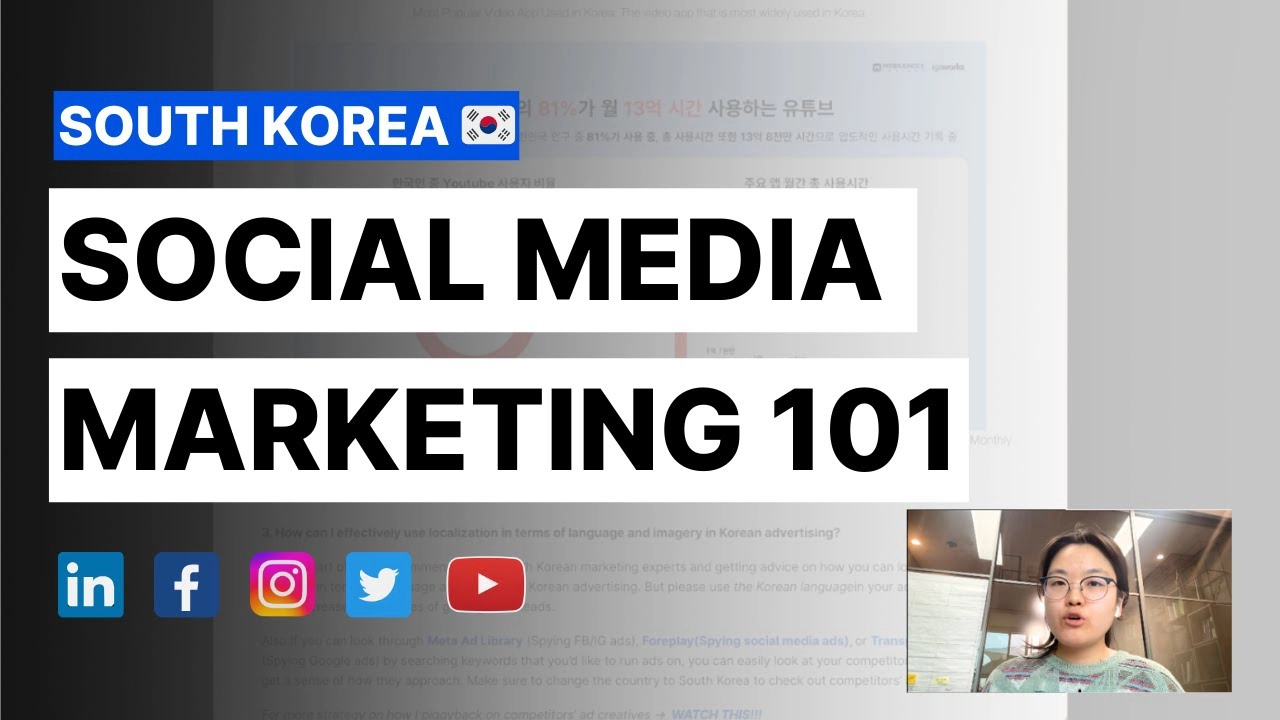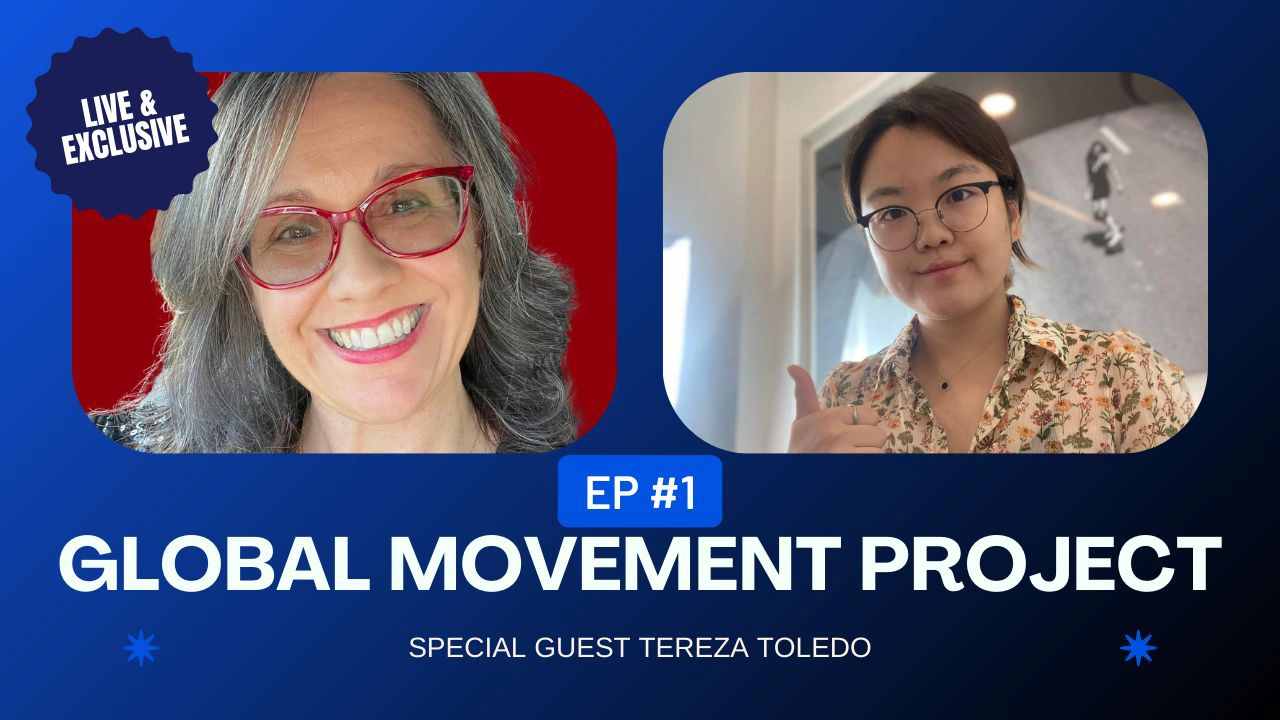Targeting the right audience is crucial for any business, but it can also be frustrating. You might be unsure who to target, or how to gauge the potential success of your product in a crowded market.
This blog post uncovers the power of market research and analysis, guiding you through strategies to uncover valuable audience insights and position your product for success.
Many times when I meet people in a networking event or just through discovery calls, they ask me “How do we successfully market our services/products to [country/markets]? Can you share your strategies for that market with me?”
Well, I get that. You want to have a feasible yet handy yet easy-peasy solution without struggling. And that’s why I’m here for you.
However, Do you really believe there is a “rule-of-thumb” strategy that can apply to every industry or every service? I really disagree with that.
The most important thing, the root of all of this, is to understand your target audience in the specific market, which starts with market research and analysis to define your ideal targets.
So.. then How do we make sure they are “the ideal target audience”?
First of all, let me walk you through how we conduct market research for specific markets (the following is one of our market research approaches to deliver the right core marketing strategies for my clients).
- Identify the research objective – how demand [your service/product] in that specific market
- Target Audience Research – investigating the availability of a similar version of [your service/product], by using provided main, detailed keywords.
- Competitor Analysis – examining other providers in the market and assessing their offerings, pricing, and popularity.
- Market Trends – Identifying any emerging trends or changes in the demand for [your service/product]
- Cultural Relevance – Evaluating the cultural and societal factors influencing the demand for [your service/product] in the [country/markets].
- Challenges and Opportunities – Identifying potential challenges and opportunities in establishing or expanding [your service/product] in the [country/markets]
- Marketing Strategy – Providing comprehensive marketing strategies to attract potential audiences and promote [your service/product] across various platforms.
- Summary & Recommendations – suggesting any further action steps and guide on how to market [your service/product.
However, if you’d like to get a slight sense of whether your service/product is in demand in specific markets (very simple market research), I suggest you do the following:
6 Easiest Ways to Identify Your Product's Market Size FOR FREE
- 6 Easiest Ways to Identify Your Product's Market Size FOR FREE
If you have ever wondered if your product/service is in the blue ocean or the red ocean, I bet these easiest ways will help you out!
- Take a look at “Search Engine(Google/Naver/Daum/Yahoo) Trends (website)” and “Social media trends” (such as Twitter, TikTok) to identify current trends and gauge the demand for related services.
- Check the Search engine (Google/Naver/Daum/Yahoo) search volume for specific keywords. When you search certain keywords on Google, you can find information like “About 2,410,000 results (0.35 seconds)” at the bottom of the search bar. This can help you determine if those keywords or services are popular in general.
- Conduct competitor research on social media platforms and search engines. By searching for the services you’re interested in, you can assess the number of competitors and get an idea of the market demand.
- Utilize Google/Naver Keyword Planner to analyze average monthly searches and competition for relevant keywords. This can provide insights into the current advertising activities of your competitors.
- Visit the Meta Library to see how many ads are currently running for similar services. This can give you an indication of the level of competition in the market.
- Pay attention to keywords and hashtags used on social media platforms to engage in social listening and gather further insights.
And back to the topic of "target audience selection"...
What is the most important thing to consider?
“The *SEVERE* pain points”
For example, here is a great example,
Recently, We delivered GTM(Go-To-Market) consulting for one of the hair-loss companies.
And they were thinking their target audience could be business owners who have the proper money to afford their product and pregnant women.
But let’s think about this together – why do people buy the product to avoid hair loss? is it just because of their stress? is it just because they just saw some advertising and wanted to have long hair like her? NO. It should be related to their *survival*. I stress this point. PAIN POINTS SHOULD RELATE TO SURVIVAL.
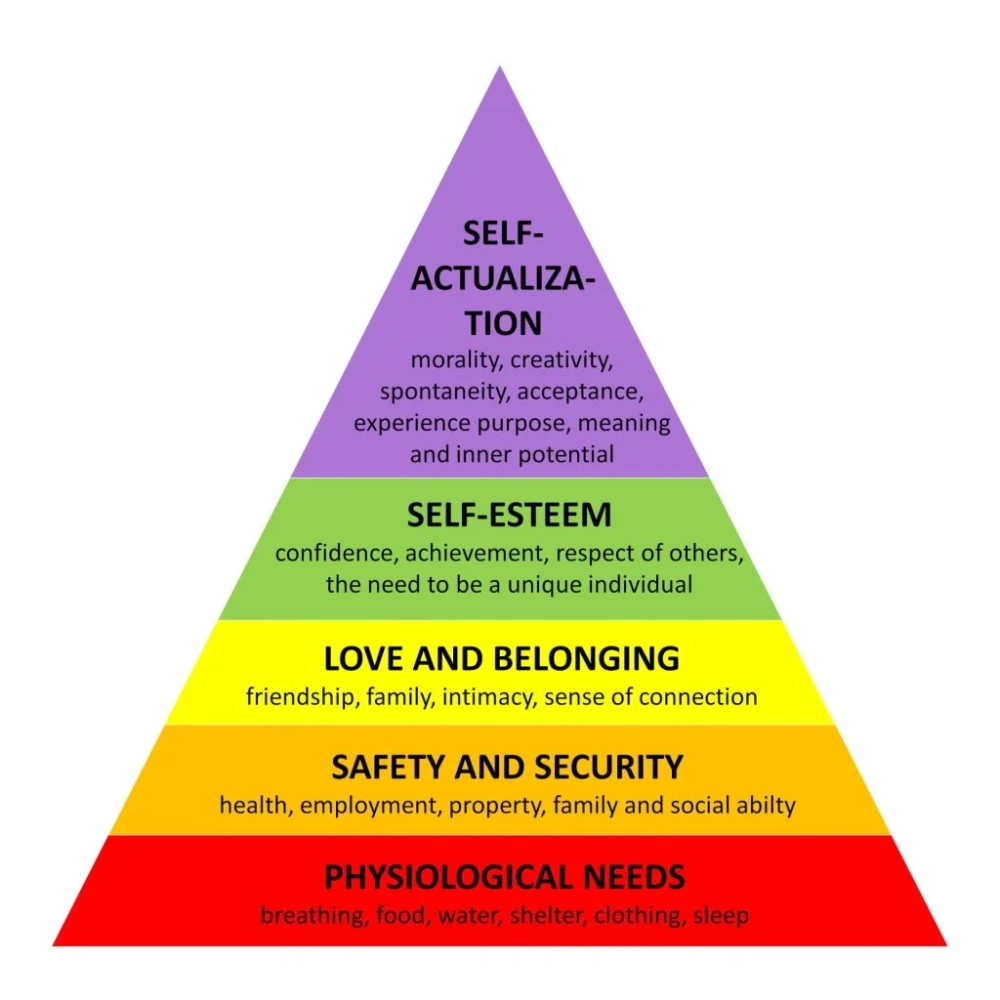
You already know Maslow’s hierarchy of needs. SURVIVAL is at the very bottom, and then personal growth, connections, and future are at the top.
So, instead of focusing on “business owners who have money” or just general “pregnant women,” we suggested to the client the following:
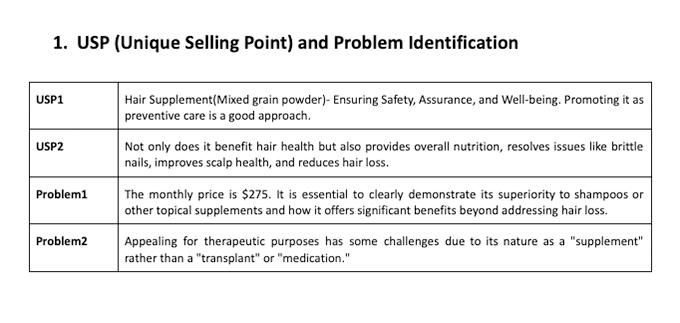
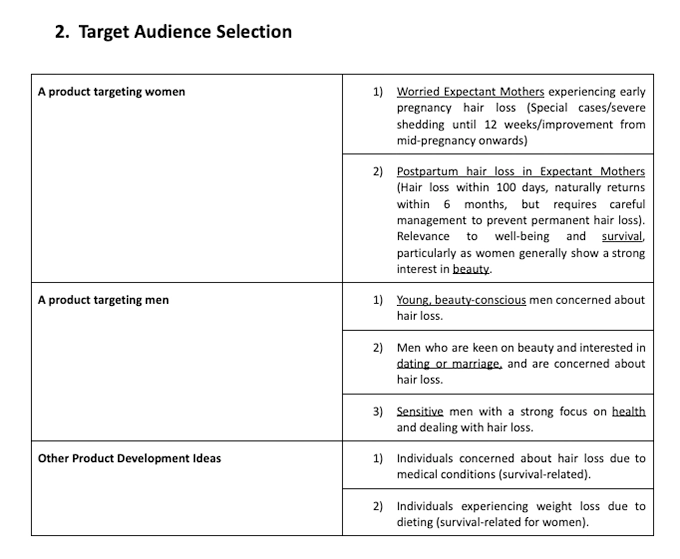
Do you see the difference? We focused on much more “survival”, at the bottom of Maslow’s hierarchy of needs. Because that brings “attraction” naturally and then “interest” then finally “buy”.
Global marketing is not like alien or uninhabited islands. It’s just similar to the marketing you used to do. With the right target audience, you will see consistent growth in your global marketing efforts.
How was this newsletter? If it was insightful or helpful to you, please share your thoughts in the comments below on how you liked it!!!
I’ll see you in episode 3 next week, stay tuned!!
Hyein
Side note: If you already have a global social media presence and you’ve gathered over proper 500 followers, but you haven’t defined the target audience from A to Z, here is a free template & video guide to serve you!!!
I'm an award-winning global marketing expert running HY Marketing in South Korea. We help businesses succeed in South Korea, Japan, and English-speaking markets through SEO, social media, and paid ads.
your next big win?
This playbook cuts through the noise and gives you the blueprint to enter with impact.
